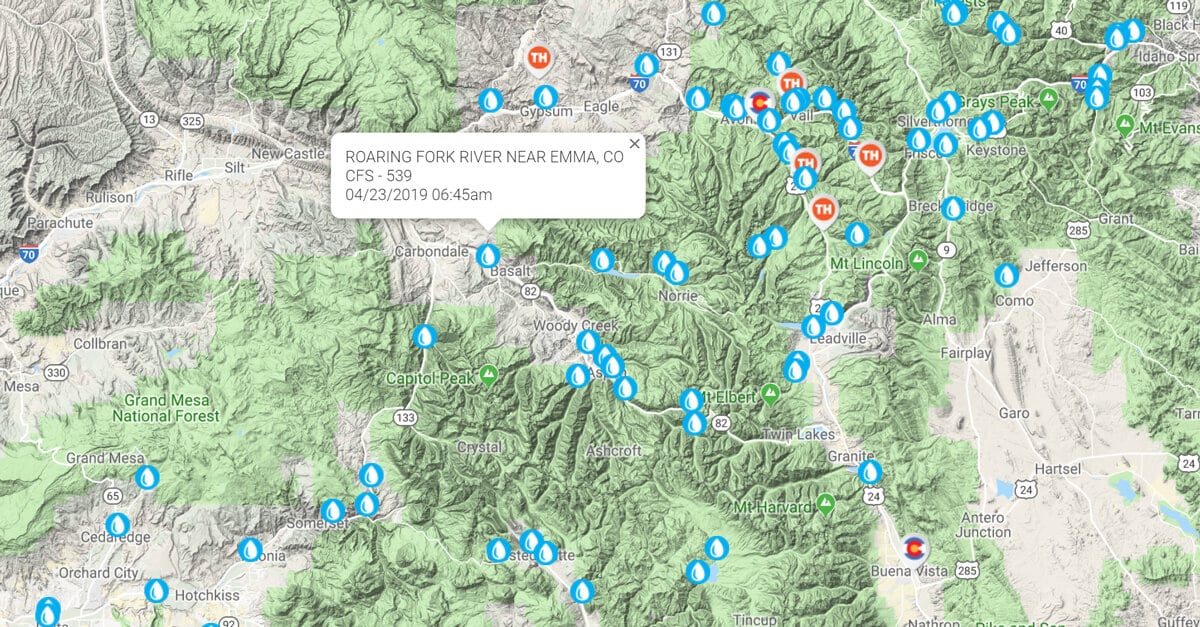Always Clean, Drain, and Dry your boat, kayak, raft or paddle board (SUP)
Colorado is home to over 30 major rivers, 40 reservoirs, and countless lakes and streams. With the growth of invasive species being introduced throughout our bodies of water, it is important to practice sustainable behaviors when traveling between bodies of water.
Many states including Colorado are passing new laws in an effort to curb the spread of invasive species and it’s up to you to know the requirements of each body of water that you’ll be visiting. This article is intended to cover the basics to help point you in the right direction.
What are invasive species?
Invasive species are microbes, plants, and animals that find their way to areas that are not considered their natural habitat. Once established in a new location, invasive species can threaten the biodiversity of the new location and cause significant ecological and environmental damage.
Steps to Protecting Colorado Water
1. CLEAN:
Always clean your boat/SUP and gear using the water you just floated in. Remove sand, mud, and vegetation.
2. DRAIN:
Remove the standing water that is left in your boat/SUP and gear by draining it out. Use a towel or sponge to remove any water that is left in creases or tight corners.
3. DRY:
Leave your boat/SUP in the sun to let it dry out thoroughly. The chances of spreading invasive species is much lower if all of your gear is dry to the touch.
ALWAYS:
Stop at each inspection station as required by law. The size of your watercraft whether it is a kayak, paddle board, raft, or boat does not matter. The inspection is mandatory. If you have followed the above three steps, the inspection should be quick and painless.

Paddle Board Rentals
Call: 970-471-8491
Paddle Board Rentals from Rocky Mountain Adventure Rentals. Pick up from our Eagle-Vail location. Many sizes to choose from.
Colorado River Flows
Visit our Colorado River Map to check in on up-to-the-minute river flows. All data is collected from the United States Forest Service and is updated every 15 minutes.
